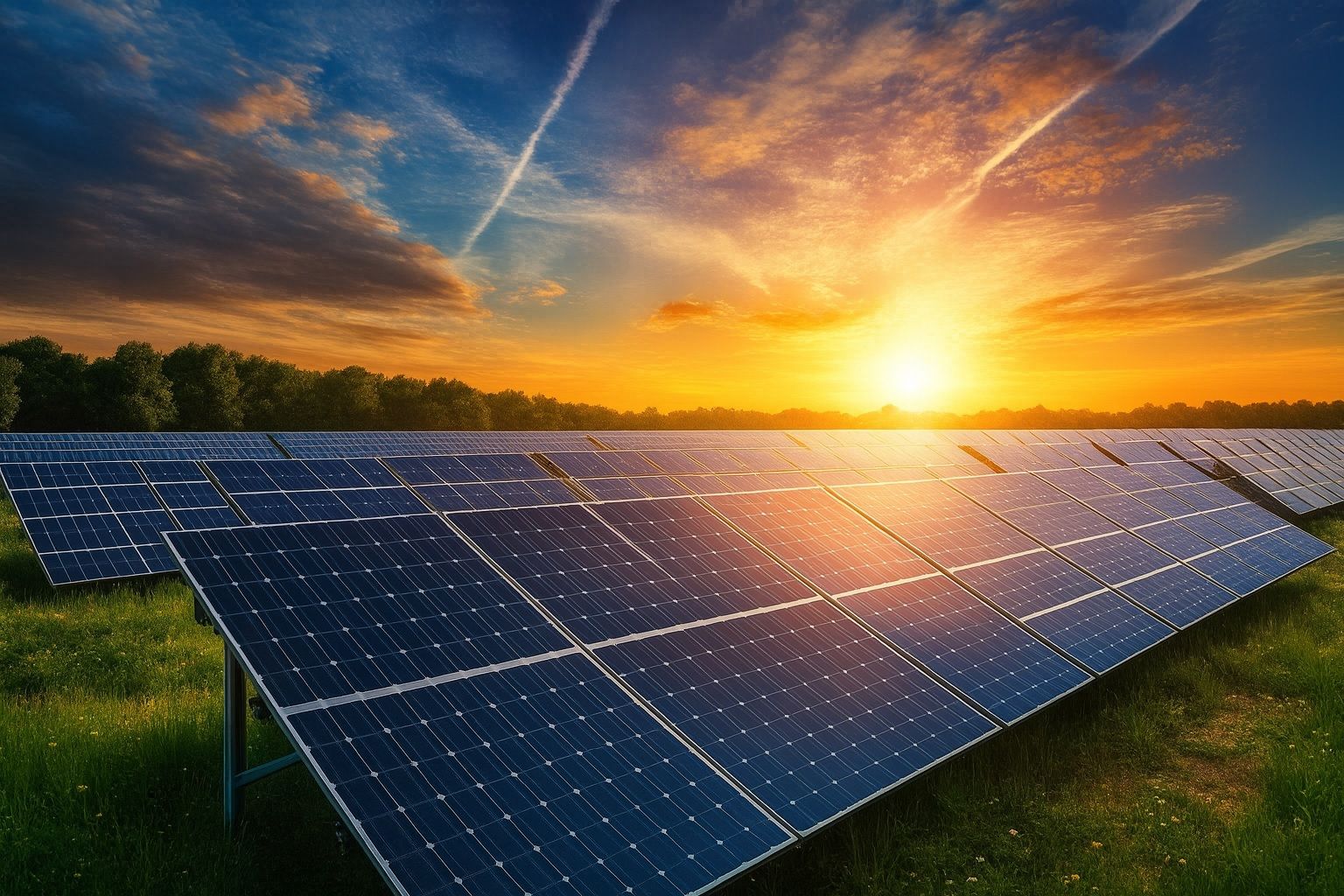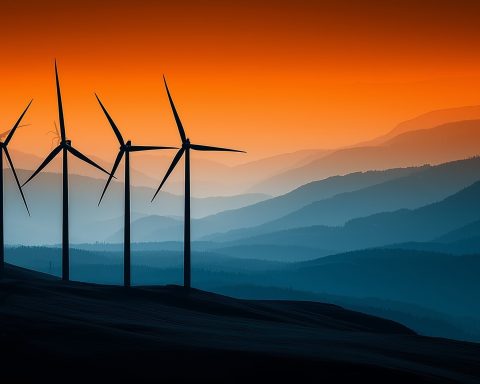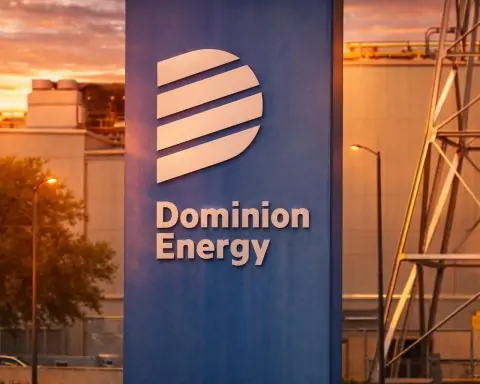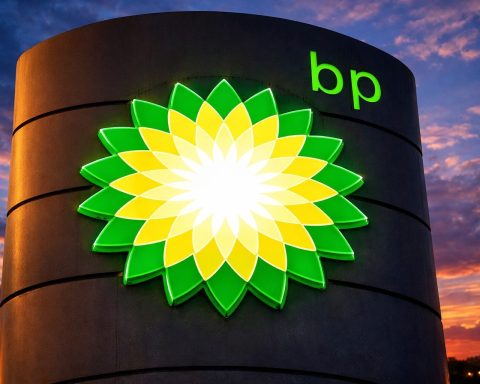- Tender Launch: Bahrain’s Electricity & Water Authority (EWA) has opened its first large-scale solar tender, inviting bids for a 150 MW photovoltaic (PV) plant in Bilaj Al Jazayer [1].
- Location & Size: The plant will occupy about 1.2 km² in south Bahrain, with commercial operation expected by Q3 2027 [2].
- Capacity & Impact: At full output, the project will generate enough clean power for roughly 6,300 homes and cut about 100,000 tonnes of CO₂ per year [3].
- Project Model: It is structured as a public-private BOO (Build-Own-Operate) PPP; the winning bidder will finance, construct and run the plant for ~25 years (including decommissioning) [4] [5].
- Advisors Appointed: A consortium of consultants is on board: KPMG Fakhro (financial advisor), WSP Parsons Brinckerhoff (technical), and Trowers & Hamlins (legal) [6].
- National Goals: This flagship project supports Bahrain’s 20% renewable electricity target by 2035 [7] and its 2060 carbon-neutrality pledge [8]. Bahrain currently has only ~0.3% of power from solar (~66–70 MW installed) [9] [10], so the new plant will more than double the country’s solar capacity.
- Market Reaction: Regional renewables stocks have rallied on news like this – for example, ACWA Power (TADAWUL:2082), a major Saudi solar developer, traded around SAR 238.00 on Oct 22, 2025 [11]. Analysts note global policy support (green funds, stricter codes) is creating a “favorable environment for cleantech” [12].
First Ever Saudi-Funded Solar Tender in Bahrain
Bahrain’s EWA formally launched the tender on Oct. 16, 2025 for the kingdom’s first utility-scale PV plant [13]. President Kamal bin Ahmed Mohammed called it “one of the most prominent strategic projects” for Bahrain’s clean energy push [14]. The detailed tender documents specify a Bilaj Al Jazayer Solar IPP of at least 100 MWac (150 MWdc), allowing scale up to the originally announced 150 MW. Bids from experienced developers are due by Dec 28, 2025 [15]. The winning bidder will sign a long-term power purchase/operation deal under a Build-Own-Operate (BOO) model [16] [17]. In practice, the private developer must finance the project upfront, build and maintain it, and handle grid connection – with Bahrain buying the power.
“This is one of the most prominent strategic projects… expected to meet electricity needs of around 6,300 homes and reduce carbon emissions by more than 100,000 tonnes annually,” commented EWA President Kamal Mohammed [18]. In other words, the plant will supply ~26 GWh/year, displacing fossil generation and cementing Bahrain’s green credentials. At ~100–150 MW, it vastly eclipses the country’s previous solar efforts (the largest planned was just 72 MW) [19].
The advisors’ consortium has already begun groundwork. A global market sounding launched in August 2025 introduced the project framework to international developers [20]. KPMG Fakhro, WSP Parsons Brinckerhoff and Trowers & Hamlins have been appointed as the financial, technical and legal advisors respectively [21] – a sign that Bahrain expects global bidders. All bid teams must meet strict criteria: for example, developers need track records of at least 3 PV projects totaling 100 MW worldwide (or 2 projects totaling 70 MW within the GCC) [22], plus strong balance sheets and financing experience.
Renewable Targets & Energy Context
This mega-project is central to Bahrain’s energy transition. Currently renewables contribute a tiny fraction (~0.3%) of domestic power [23]. In 2023 Bahrain generated about 36,170 GWh (mostly from gas-fired plants) [24]; solar PV contributed only a few hundred GWh of that. The government’s National Renewable Energy Action Plan (NREAP) calls for 20% of power from renewables by 2035 [25] (up from 5% by 2025). The new Bilaj Al Jazayer plant will be a cornerstone for reaching that goal. Officials note the project also aligns with Bahrain’s Vision 2030 and long-term climate pledge: the country has committed to net-zero CO₂ by 2060 [26].
Local growth in renewables has been gradual. Bahrain currently operates only ~66–70 MW of solar PV (mostly rooftop and small farms) [27] [28]. For perspective, a recent report notes Bahrain aimed for just 255 MW of solar by 2025 through net-metering and small projects [29]. By 2030, the NREAP envisages about 700 MW of combined solar, wind and waste-to-energy capacity [30]. Analysts say this tender is the “significant step” needed to kick-start that scale-up – it alone more than doubles current capacity.
Regional trends underscore the shift. Gulf neighbors have already advanced large-scale renewables: the UAE and Saudi Arabia each have thousands of megawatts of solar online, and smaller neighbors like Oman, Qatar and Kuwait are deploying major PV and wind projects. Bahrain’s entry into utility solar comes amidst these Middle East energy transitions. Market analysts observe that “governments are injecting capital through green stimulus funds and stricter codes, effectively creating a favorable environment for cleantech” [31]. In short, both policy and investor sentiment favor renewables now.
Expert Insights & Market Reaction
EWA officials and industry watchers are upbeat. President Kamal Mohammed emphasized that this PPP project “strengthens collaboration with the private sector” and is “a significant step toward enhancing Bahrain’s sustainable energy infrastructure” [32]. Likewise, he underlined the role of solar in energy security and positioning Bahrain as a renewable leader [33]. The Ministry of Electricity and Water Affairs has called such projects “essential in reducing the country’s reliance on natural gas and supporting sustainable economic growth” [34].
Financial markets have taken note. The tender announcement has slightly buoyed regional renewable stocks. For example, ACWA Power (Saudi-listed 2082.SR), a frequent Gulf solar developer, closed at SAR 238.00 on Oct 22, 2025 [35], up from SAR 233.90 the day before. Global clean-energy equities are also rallying on similar news – a recent Reuters/ts2 summary notes strong investment in green assets worldwide. Analysts predict competitive pricing: with high solar irradiance and flat land, Bahrain could attract bids in the $30–40/MWh range (comparable to nearby projects). However, exact PPA rates will be revealed when bids are opened.
What’s Next: Forecasts & Outlook
Looking ahead, the EWA process will culminate with bid evaluations in early 2026 and likely award by mid-2026. Once construction begins, industry sources expect the plant to hit commercial operation by late 2027 [36]. This timeline aligns with Bahrain’s near-term targets. Beyond this tender, observers forecast further renewables auctions in Bahrain (possibly wind or solar-plus-storage) as part of the energy transition. The success of the first solar IPP could attract more foreign investment: global financiers and technology firms have been monitoring Bahrain’s moves closely.
In sum, Bahrain’s 150 MW solar tender marks a historic milestone. It signals the kingdom’s commitment to diversify away from gas and tap into its abundant sun. By 2035, such projects could drive renewables to 20% of the mix [37]. For now, the focus is on delivering this first plant on schedule. As one energy analyst noted, developments worldwide – from solar breakthroughs to policy mandates – have created “a world moving steadily toward smarter, lower-carbon energy systems” [38]. Bahrain is taking a bold first step on that path.
Sources: Official EWA statements and reputable energy news outlets [39] [40] [41] [42] [43] [44] [45], as cited.
References
1. renewablesnow.com, 2. renewablesnow.com, 3. renewablesnow.com, 4. www.pv-tech.org, 5. taiyangnews.info, 6. renewablesnow.com, 7. www.pv-tech.org, 8. www.newsofbahrain.com, 9. www.pv-tech.org, 10. taiyangnews.info, 11. www.investing.com, 12. ts2.tech, 13. renewablesnow.com, 14. renewablesnow.com, 15. taiyangnews.info, 16. www.pv-tech.org, 17. taiyangnews.info, 18. renewablesnow.com, 19. www.pv-tech.org, 20. renewablesnow.com, 21. renewablesnow.com, 22. www.pv-tech.org, 23. www.pv-tech.org, 24. countryeconomy.com, 25. www.pv-tech.org, 26. www.newsofbahrain.com, 27. www.pv-tech.org, 28. taiyangnews.info, 29. www.pv-magazine.com, 30. www.pv-magazine.com, 31. ts2.tech, 32. www.newsofbahrain.com, 33. timesofindia.indiatimes.com, 34. www.newsofbahrain.com, 35. www.investing.com, 36. renewablesnow.com, 37. www.pv-tech.org, 38. ts2.tech, 39. renewablesnow.com, 40. www.pv-tech.org, 41. www.newsofbahrain.com, 42. www.pv-magazine.com, 43. taiyangnews.info, 44. www.investing.com, 45. ts2.tech










